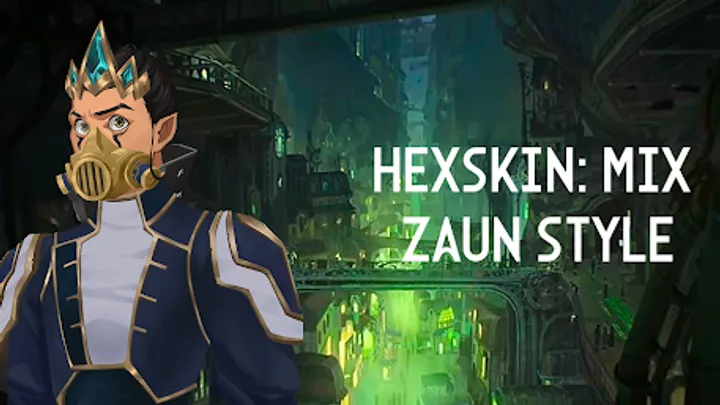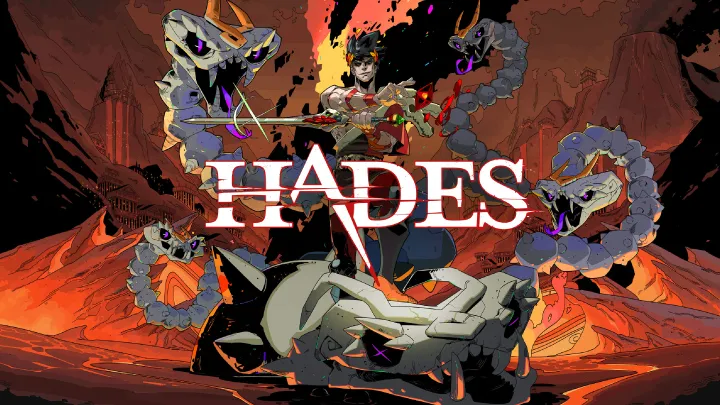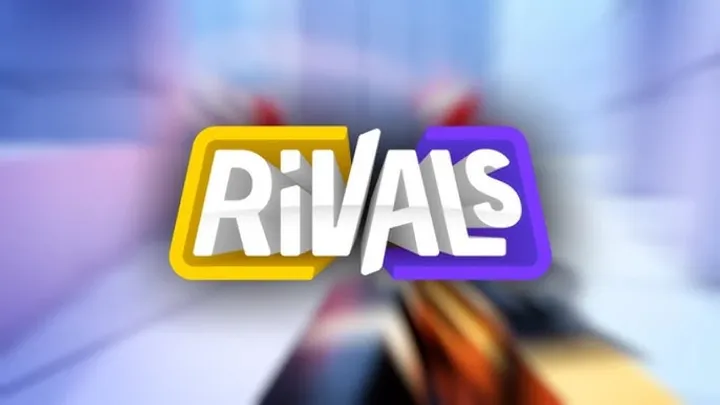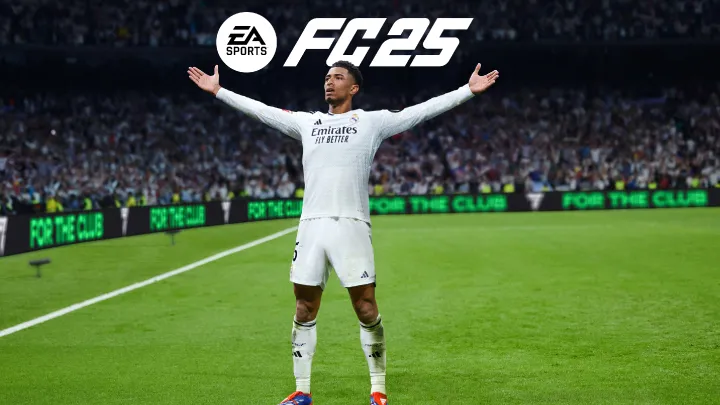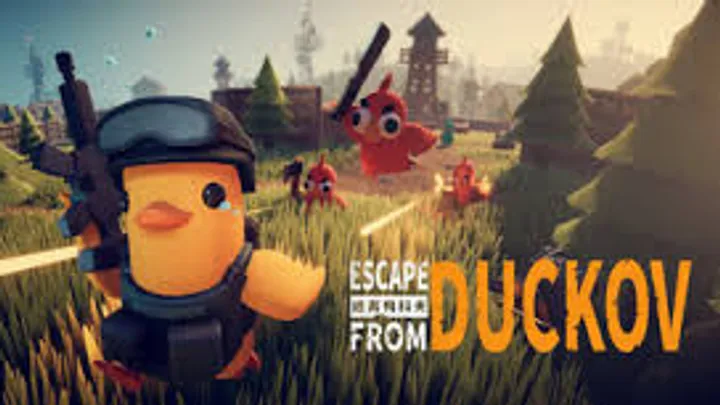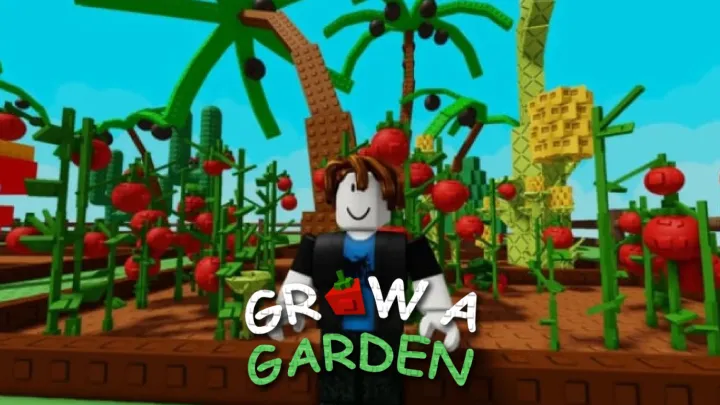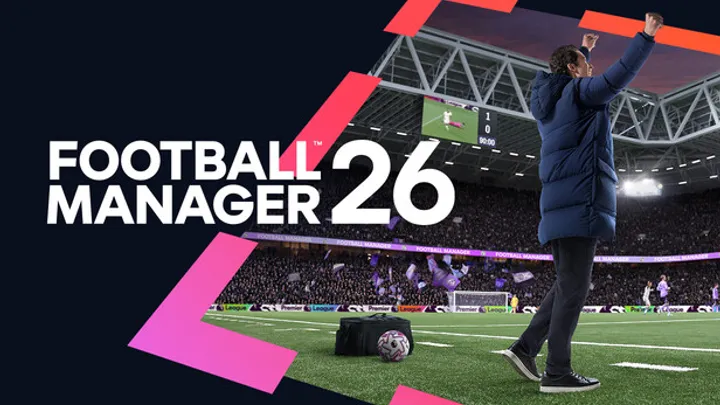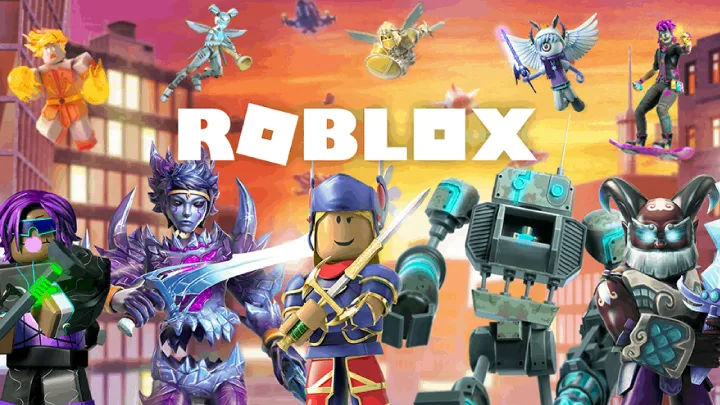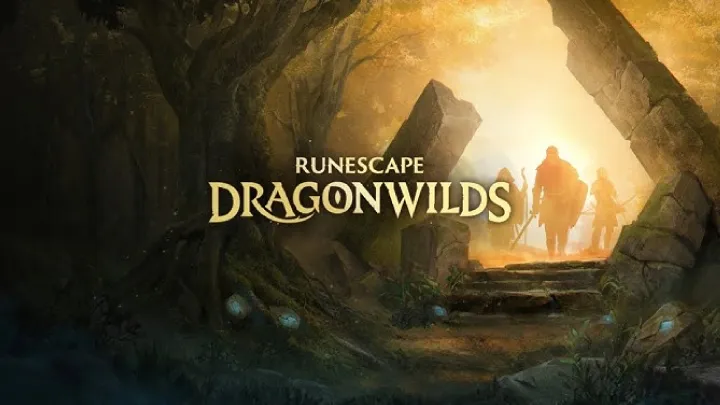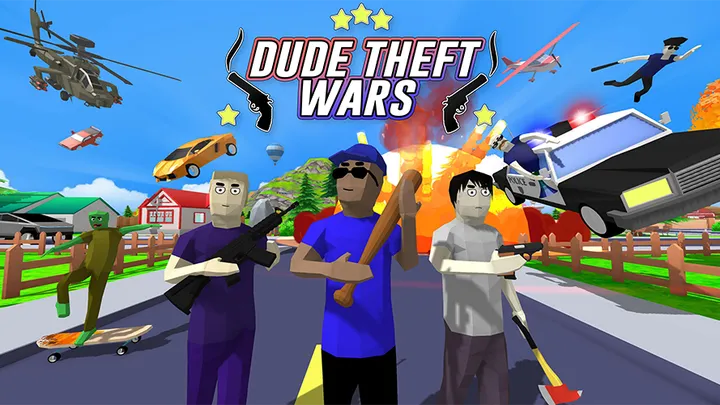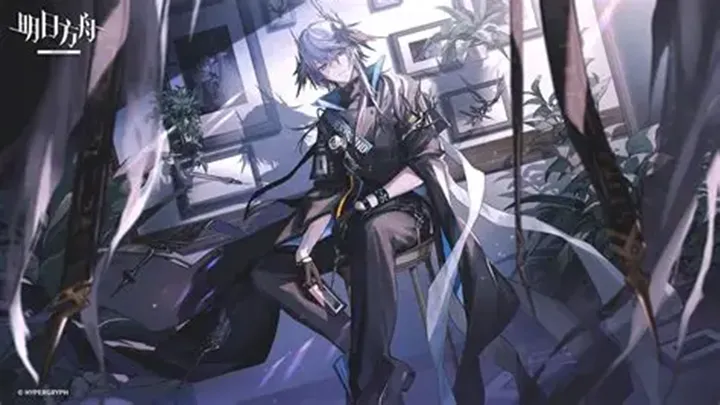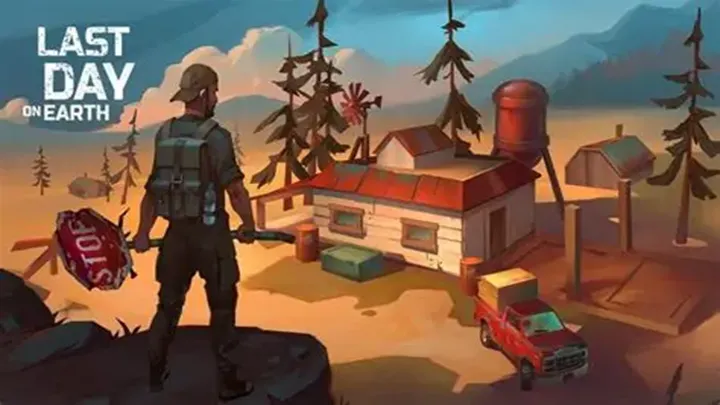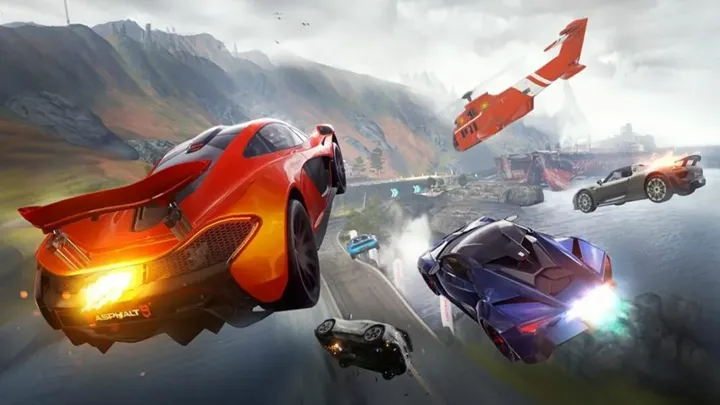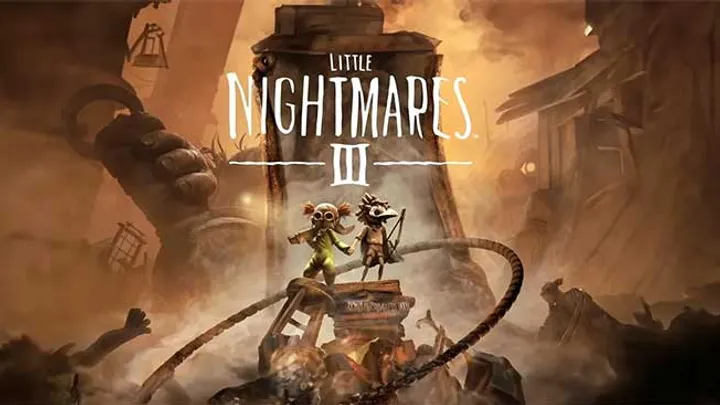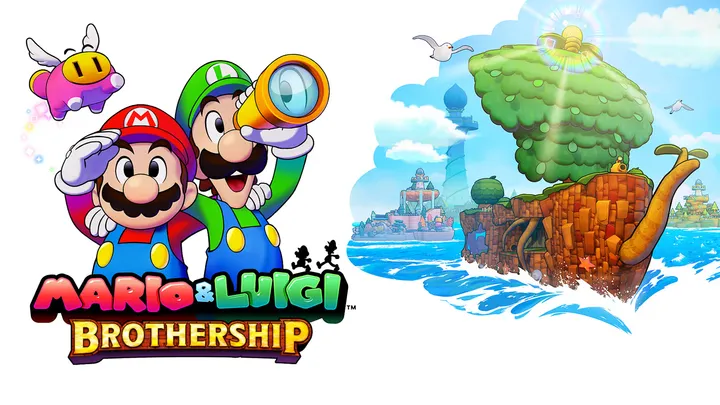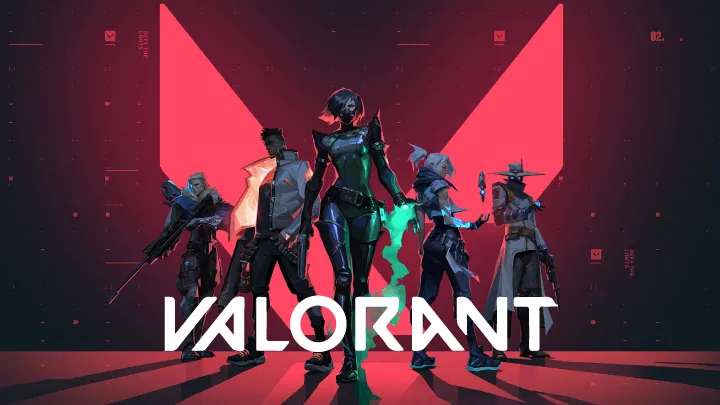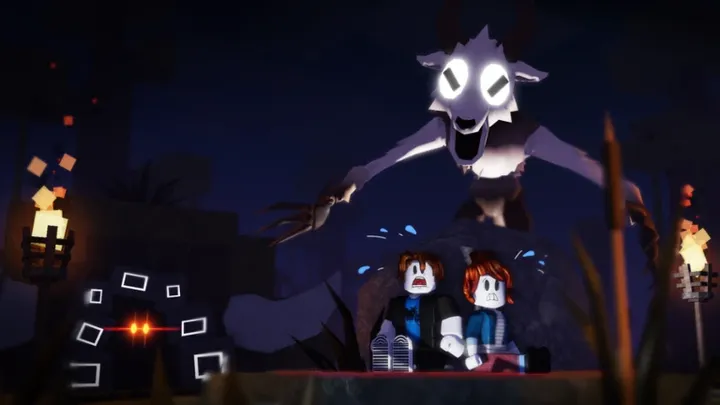Introduction
After the chilling success of Poppy Playtime: Chapter 1, developer MOB Games continues the terrifying journey with Chapter 2: Fly in a Web. This installment expands the horror puzzle experience, introducing new characters, larger environments, and an even deeper sense of dread. Where Chapter 1 felt like a prologue, Chapter 2 establishes Poppy Playtime as one of the most unsettling indie horror titles of recent years.
The big question: does Chapter 2 live up to the hype, or does it get tangled in its own web? Let’s dive in.
Expanded World & Narrative
Chapter 2 moves the story forward immediately after freeing Poppy in the factory. The environments are bigger, the narrative is clearer, and new horrors lurk in every corner.
- Bigger Scale – Unlike the short introduction of Chapter 1, this chapter stretches into multiple zones of the factory, from train stations to hidden toy assembly lines.
- Deeper Lore – The storyline introduces darker layers of Playtime Co., hinting at disturbing experiments and toy-human connections.
- New Villains – The standout antagonist is Mommy Long Legs, a twisted, spider-like toy that stalks players throughout.
Gameplay & Puzzle Design
The gameplay loop evolves while keeping the core mechanics intact.
- GrabPack Upgrades – New functionalities are introduced, giving players fresh ways to interact with the environment.
- Complex Puzzles – Challenges are more elaborate, requiring timing, exploration, and multi-step solutions.
- Balance of Fear & Thinking – Chapter 2 leans more heavily on puzzle-solving, though jump scares remain integral.
This balance keeps players engaged, though some may feel the pacing slows compared to the fast terror of Chapter 1.
Horror Atmosphere
Atmosphere remains Poppy Playtime’s greatest strength.
- Mommy Long Legs – Her ability to crawl across walls and stretch unpredictably makes her one of the creepiest horror antagonists in recent memory.
- Sound Design – Creaking metal, childlike giggles, and sudden silences amplify the unease.
- Visual Variety – From bright, toy-like rooms to abandoned industrial corridors, the contrast enhances the horror.
Technical Performance
While visually impressive for an indie project, Chapter 2 isn’t without flaws.
- Optimization Issues – Some players reported frame drops and stuttering.
- Glitches – Occasional bugs can break immersion, such as AI pathing quirks.
- Polish Needed – Despite updates, it still feels less smooth compared to polished AAA horror titles.
Strengths
- Engaging continuation of the story.
- Mommy Long Legs is a standout villain.
- Larger environments with more variety.
- Puzzles are clever and more challenging.
- Atmosphere remains top-tier for indie horror.
Weaknesses
- Technical issues can disrupt immersion.
- Some pacing problems due to puzzle-heavy design.
- Short playtime for the price.
- A few jump scares feel predictable.
- Narrative still leaves many unanswered questions.
Final Verdict
Poppy Playtime: Chapter 2 successfully expands the series, delivering bigger scares, smarter puzzles, and one of horror gaming’s most memorable new villains in Mommy Long Legs. While technical hiccups and pacing concerns prevent it from being flawless, it’s still a must-play for fans of indie horror and a strong continuation of the saga.














































